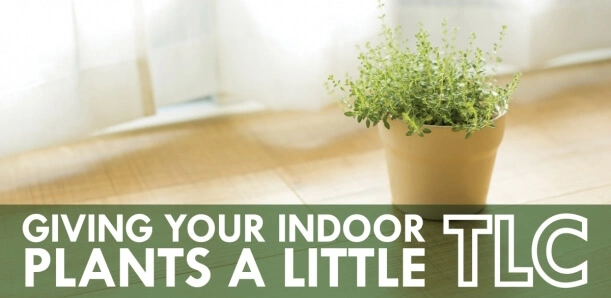
The Grounds Guys share essential tips for caring for indoor plants.
|
Last Updated July 10, 2023
Everyone loves a little tender loving care (TLC), and houseplants are no exception! Just as your loved ones, pets, and vehicles do, houseplants require some undivided attention every now and then. Who doesn’t appreciate a thriving green or blooming plant in the home or office? Indoor plants offer many benefits, including peace and tranquility, cleaner air, and even a sense of accomplishment.
Table of Contents:
- Why Indoor Plants Need Care
- Basic Indoor Plant Care
- Hydrate Your Plants with the Correct Amount of Water
- Provide Enough Light for Your Plants
- Beware of Cold Or Warm Drafts
- Cleanse Your Plants with a Light Bath
- Let The Pot Size Grow With The Plant
- Prune Dead Or Yellowing Leaves Or Stems
- Ensure Moisture Levels are Balanced
- Protect Against Insects and Diseases
- How to Repot Indoor Plants
- Troubleshoot Plant Lighting
Why Indoor Plants Need Care
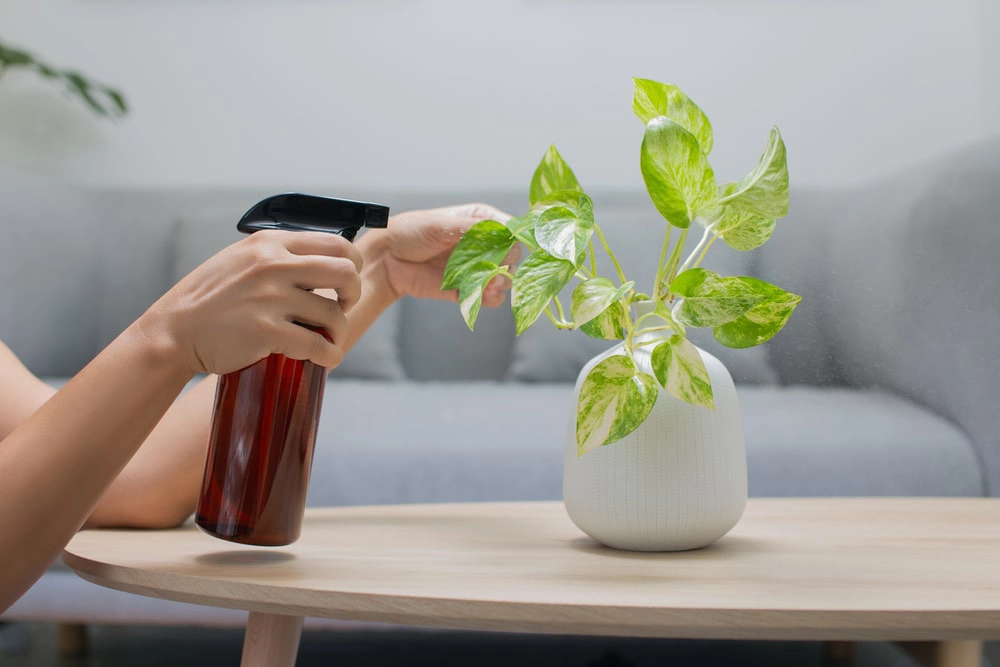
Caring for indoor plants requires a good deal of time, knowledge and effort. TLC for plants is essential to their survival. Of course, some houseplants will require less maintenance, while others need much more attention. But when you learn how to take care of indoor plants correctly, they reward you with many benefits, such as improving air quality, reducing stress, and creating an ambiance that beautifies your space
Signs Your Indoor Plants Need Attention
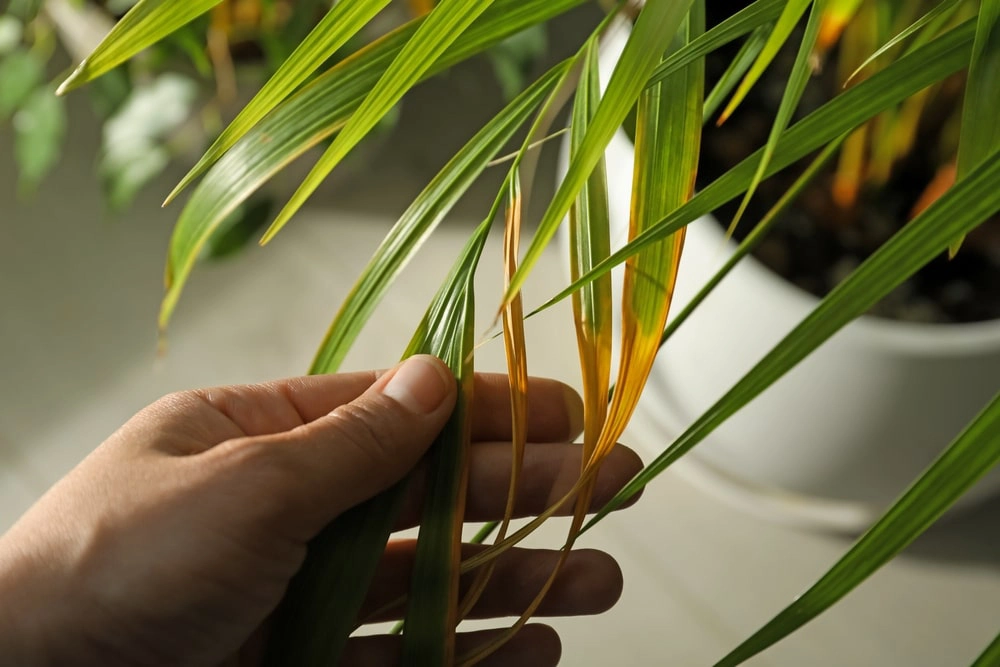
Let’s face it. Even proud plant owners neglect their plants from time to time. But if you want to keep your plants healthy, it’s essential that you pay attention to the details. Plants will show signs that they need TLC, so heed the warnings.
The following are indications that your indoor plants need attention:
- The plant’s leaves are turning brown.
- They’re starting to wilt.
- The roots look as though they’re trying to break free.
If you’re unsure about the health of your indoor plants, contact a professional service that can assist with the care of indoor plants
Basic Indoor Plant Care
To give your plants a little TLC and keep them happy and thriving indoors year-round, consider these basic tips on TLC for plants from the interior landscaping experts at The Grounds Guys.
Hydrate Your Plants with the Correct Amount of Water
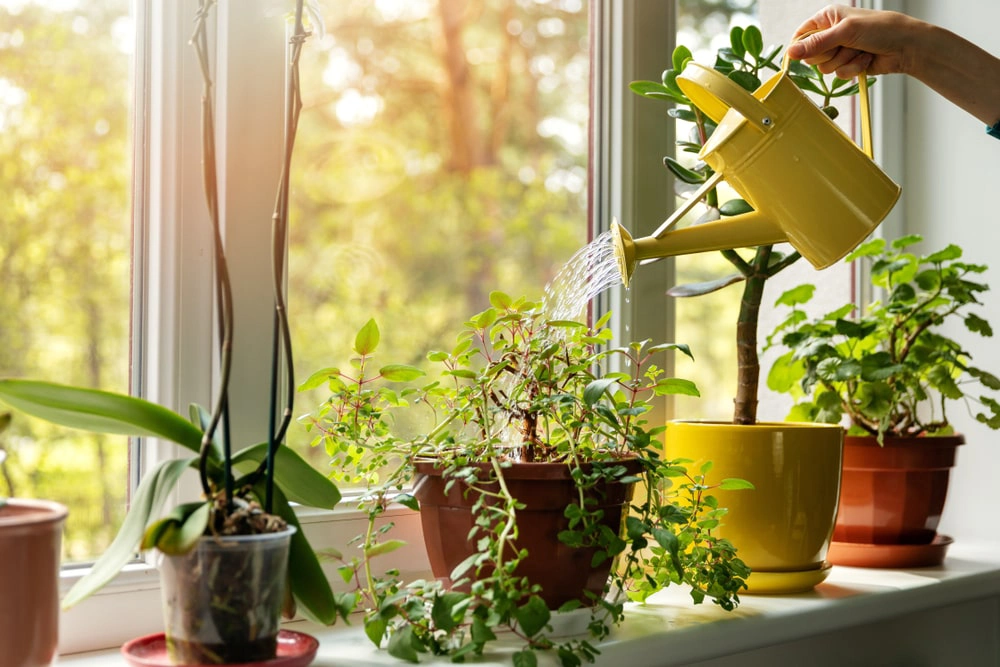
Overwatering is one of the most common ways to kill an indoor plant. Make sure the plant container has a drainage hole to prevent water from standing around the roots, which could cause rotting. Place a saucer or plate under the pot to catch the excess water. Review the plant’s ideal growth tips to know how much and how often to water it. Every plant is unique, so make sure you cater to its hydration needs.
Provide Enough Light for Your Plants
Indoor plants getting sunlight on a window sill The amount of light a plant needs varies depending on the type of plant, so be sure to read about your plants and meet their sunlight needs. Placing it in front of a window or glass-panel door may be a good alternative to outdoor light. You can also check out fluorescent or grow lights at your local garden store.
Beware of Cold Or Warm Drafts
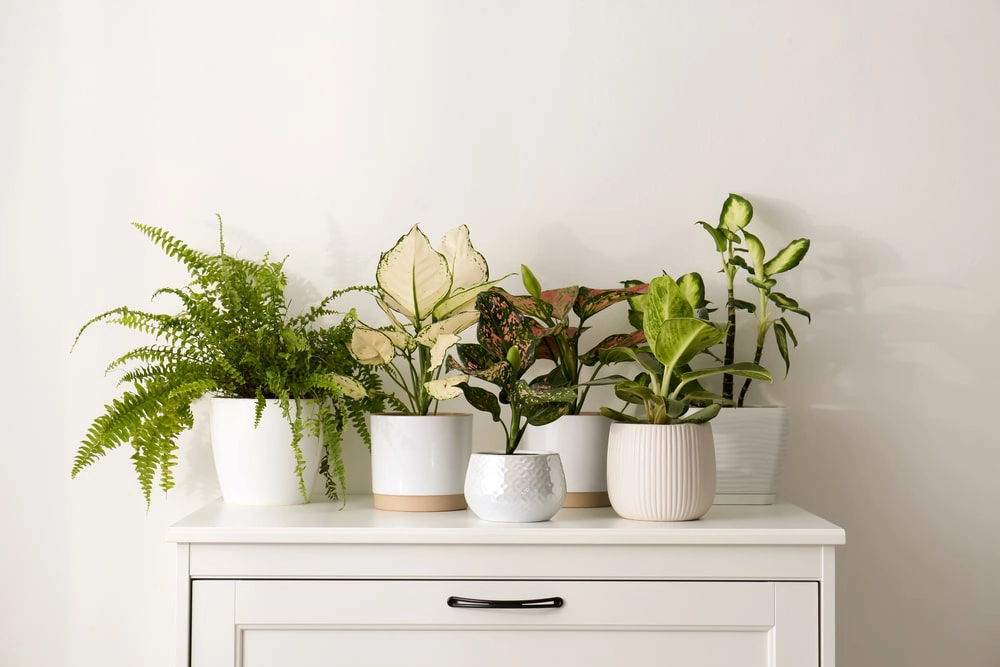
Placing your indoor plants next to a drafty doorway, window, or air vent can be detrimental. The warm or cool air blasting onto the plants can dry out the leaves and soil, resulting in damage that could kill them. Choose a desirable location where your plants can thrive.
Cleanse Your Plants with a Light Bath
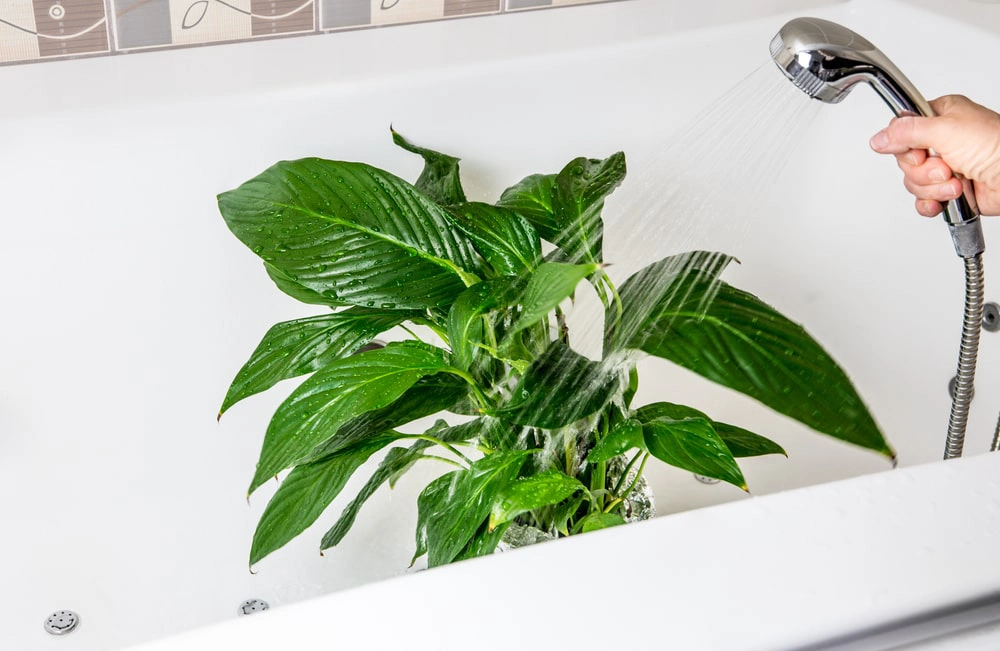
Just as humans must wash themselves to stay clean and fresh, plants need a bath occasionally too. Dust and dirt can build up on the leaves of your indoor plants and prevent them from flourishing. A simple way to remove dust is to place them in your sink or shower and gently spray them with water. You can also wipe them with a wet sponge or spritz them with a spray bottle.
Let The Pot Size Grow With The Plant
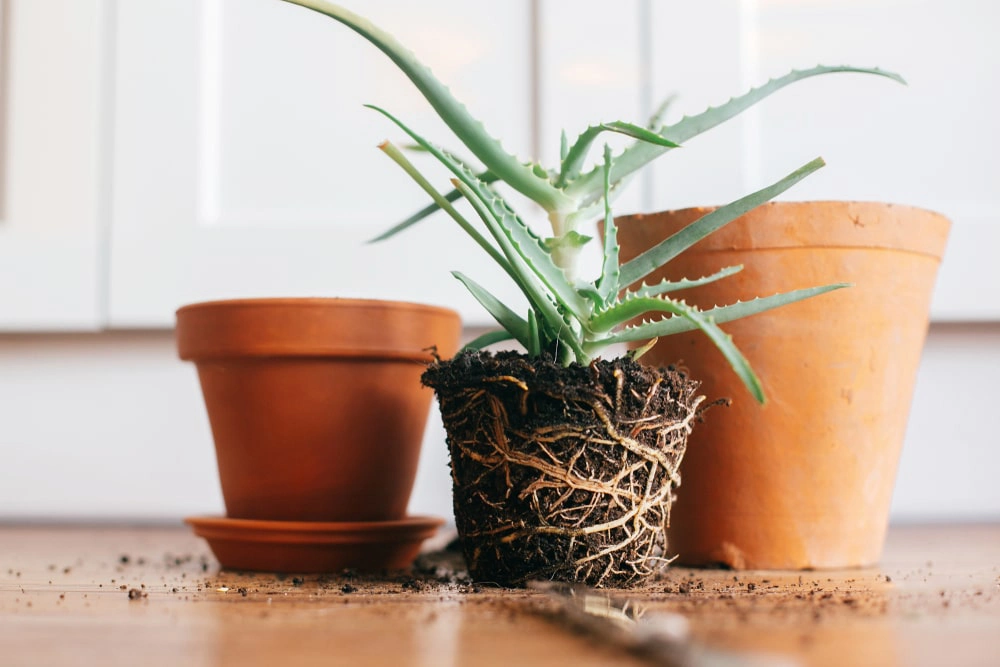
Plants outgrow their pots. After all, they are living and breathing things. When you notice crowded stems, roots growing out of the drainage hole, or an inability for the plant to stay hydrated, it’s probably time to repot, but check with a professional for any questions. Also, it’s a good idea to change out the potting soil periodically to ensure the nutrients are available in the soil for proper growth.
Prune Dead Or Yellowing Leaves Or Stems
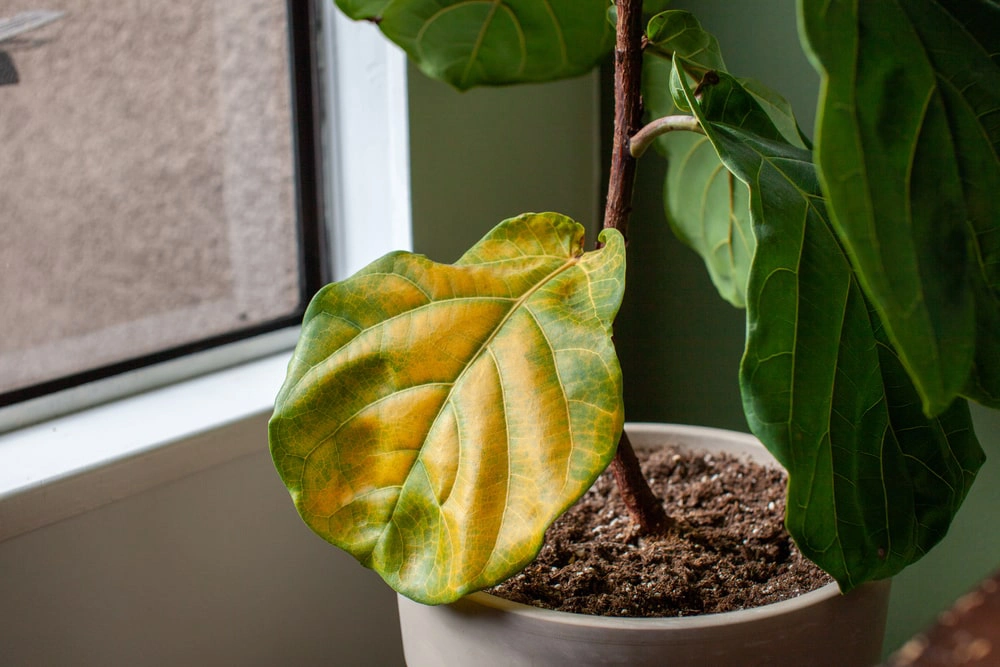
Trim the dead or yellowing leaves from your indoor plants and cut stems that have died or lost their leaves. Cut them down to the soil line to promote new growth from healthy roots below the soil. If you have blooming plants, clip the old, faded buds so that new blooms and growth will occur.
Ensure Moisture Levels are Balanced
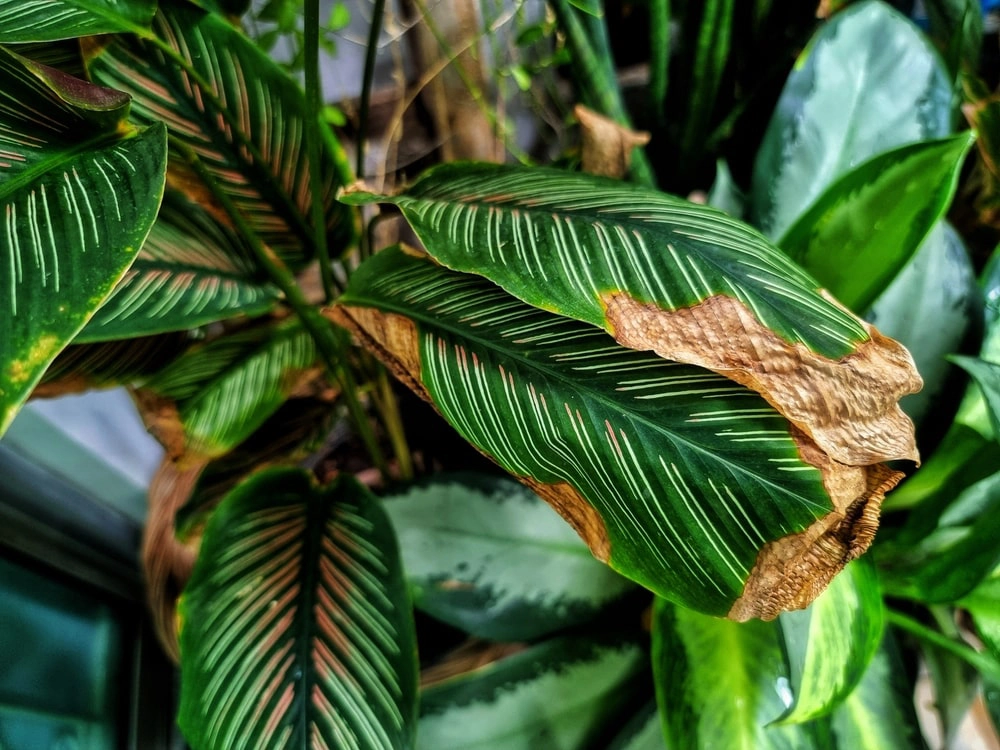
Do your indoor plants have brown tips on the leaves? If so, the air in your home or office may be too dry. Placing plants that need high humidity in the bathroom, basement, utility room, or kitchen may help solve the issue. These rooms typically are more humid than other rooms. You might also consider running a humidifier in the rooms where your indoor plants are located to provide additional moisture in the air for them
Protect Against Insects and Disease
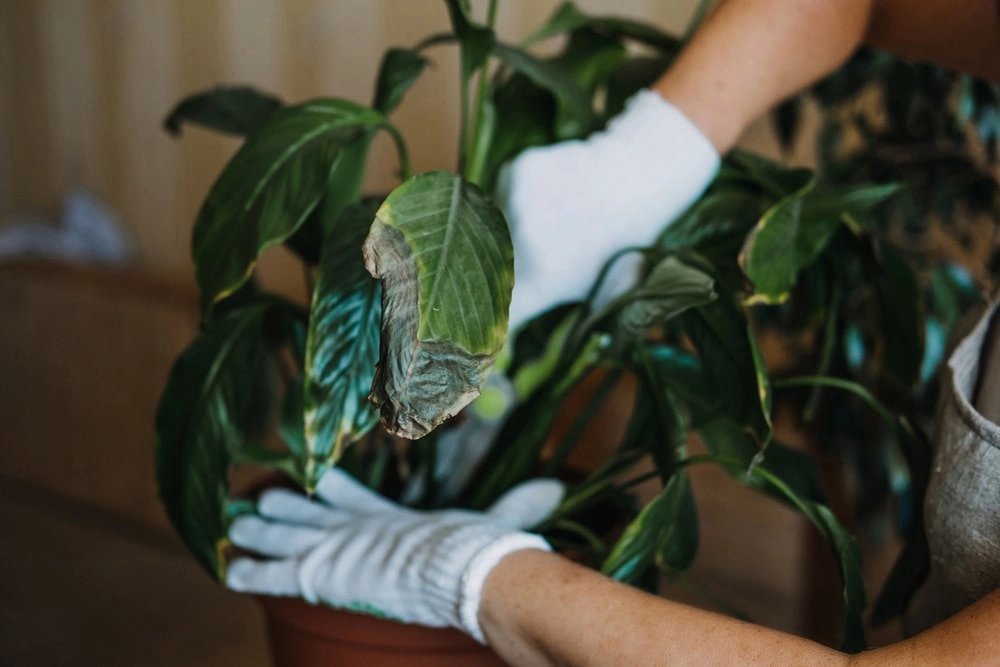
Insects and diseases are common for indoor plants. Checking plants regularly for signs of trouble can ensure you stop the problem before it gets bad or spreads. Examine the top and underside of leaves, look at the stems, and inspect the soil for changes that might signal an issue. If found, treat the insect or disease problem with a product or solution that best fits the type of plant. You can look online for tips and suggestions, visit your local garden center or nursery, or contact our interior landscaping professionals for help.
How to Repot Indoor Plants
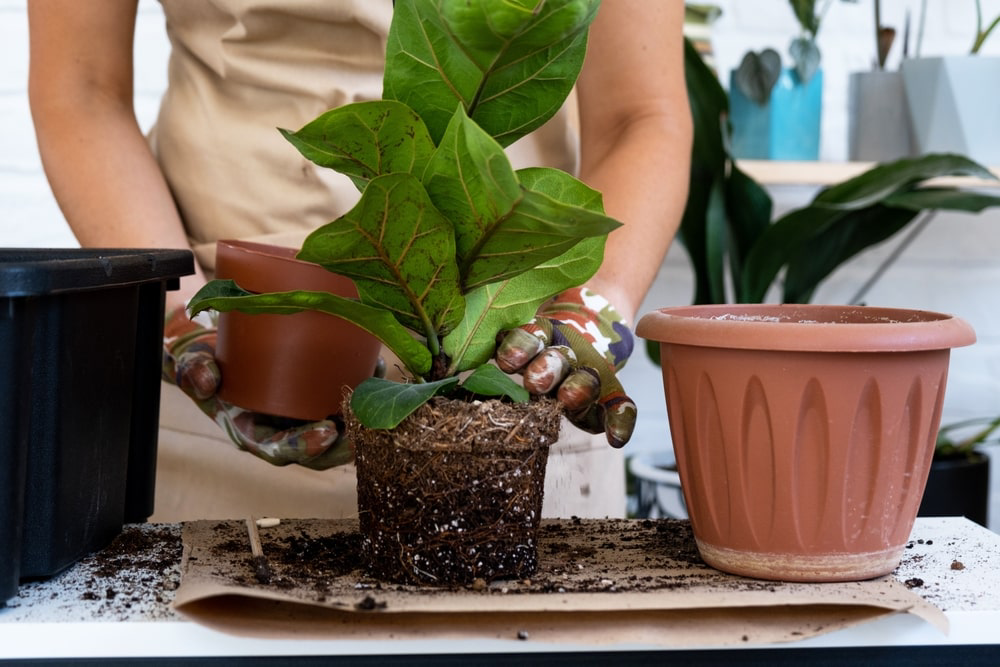
As time goes on, many plants will outgrow their container. You can wait up to four years to repot slow-growing plants such as cacti. However, it helps to repot your indoor plants about every 12 to 18 months. If you’re a newbie to indoor plants, the thought of transferring them to a new pot may make you nervous. After all, the last thing you want to do is kill them. Below are the steps, but contact a professional if you aren’t fully confident.
You’ll need the following to repot plants:
- A planter
- Fresh, nutrient-packed soil
- Lava rocks (for pots without drainage holes) Gloves
- Watering can or bottle
How to repot the plant:
- Gently remove the indoor plant from its old container.
- Loosen the roots, and if they’re long, prune them.
- Get rid of about a third of the old potting soil.
- Add the fresh, nutrient-packed potting mix.
- Gently place the plant in the center of the new pot.
Troubleshoot Plant Lighting
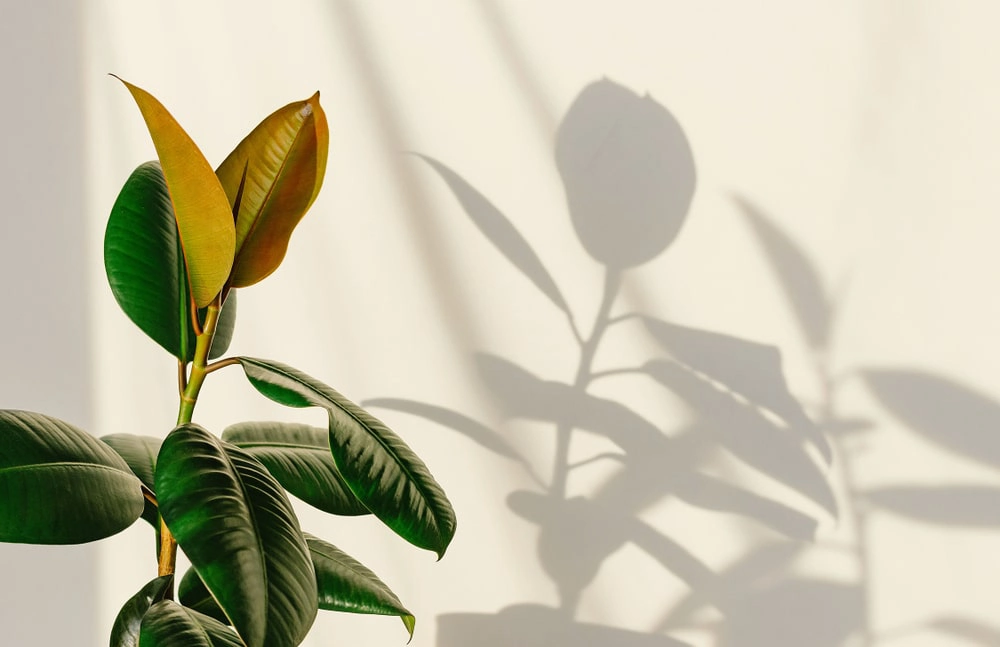
Plants need sunlight to survive. Place your indoor plants in an area that provides them with adequate sunlight so that they can remain healthy and robust. Note: unless they’re sun-worshiping plants, too much sunlight can be harmful.
The following are signs that an indoor plant lacks proper lighting:
- Its growth is stunted.
- It is growing smaller leaves than usual.
- The leaves look yellow or pale green.
- Stems are long and skinny.
- It is leaning or lopsided.
Transform Your Indoor Space with Healthy and Thriving Plants!
Flourishing plants can truly refresh a space with the vibrance they bring. However, keeping those plants healthy requires time, effort, and knowledge. Don’t risk inadvertently harming your plants, get professional assistance. For questions about how to take care of indoor plants, find your local The Grounds Guys. We provide free estimates and are happy to help with an extensive range of services. All our work is covered by the Neighborly Done Right Promise®, which guarantees excellence. Contact The Grounds Guys today to request a free estimate!